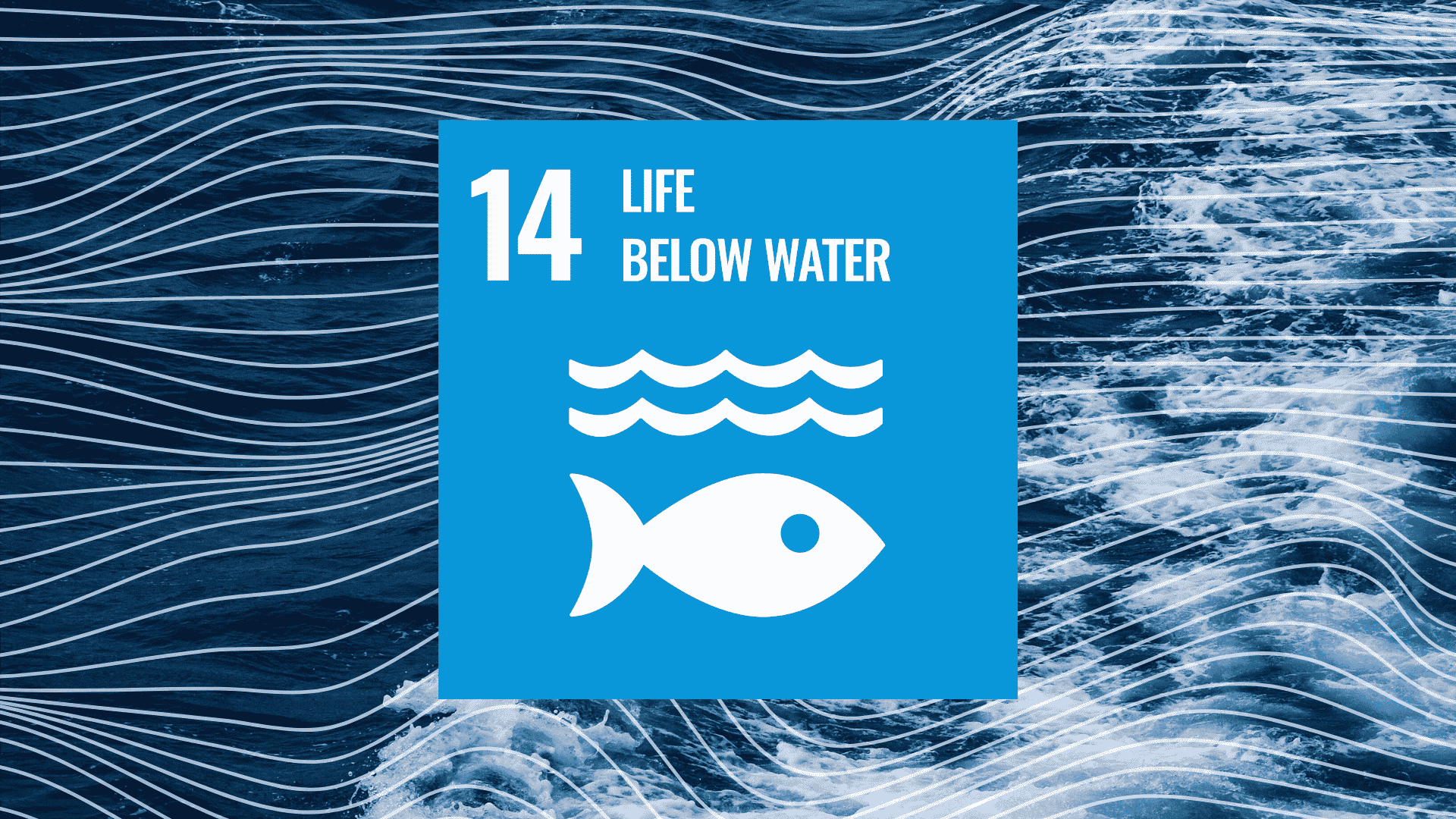Member States negotiate UN High Seas treaty in New York

Member States negotiate UN High Seas treaty in New York
Written by: Ana Vitória Tereza de Magalhães, Valentina Lovat, Andreas Mittermayr.
World leaders are gathered this week in the UN Headquarters at New York to negotiate a treaty to protect the ocean. Around 70% of the ocean is not under jurisdiction of any country, which makes those regions vulnerable to activities that are not yet regulated. Consequently, some of the planet’s most intact ecosystems are at a great danger of biodiversity and habitat-loss, potentially resulting in an unparalleled loss of marine genetic resources in the coming decade.
The negotiations occur at the occasion of the 5th Session of the Intergovernmental Conference on Marine Biodiversity of Areas Beyond National Jurisdiction (BBNJ).
Member States, NGOs and Scientists consider that this is a crucial moment to determine a High Seas Treaty that will determine the ocean future for coming generations, especially regarding management. At least 49 countries including the UK and European Union have committed to reach an ambitious consensus during the negotiations.
The dialogue will last until 26th August and represent the second try of finding a common ground for the ocean this year, as the UN Ocean Conference took place in June 2022. The objective now is to make the treaty legally binding.

Elianne Dipp via Pexels.
Why is it important to protect marine biodiversity?
The ocean is the largest ecosystem on Earth covering 71% of the Earth’s surface and the treaty offers an opportunity to discuss the biological diversity of the ocean, including genetic marine resources. Preserving marine genetic resources such as ocean plants, animals and other organisms means preserving a source of knowledge that is commercially and scientifically valuable. These benefits span across diverse subjects of human endeavor and include benefit-sharing and transfer of marine technology.
One of the ambitious goals of the UN High Seas treaty is to conserve 30% of the ocean by 2030. As currently only 1,2% of the ocean is under protection and 39% is under the jurisdiction of a sovereign state, the importance of a comprehensive and global High Seas Treaty remains imminent.
The discussions involve the designations of potential areas where biotechnology companies could find resources for medicine, vaccines and other pharmaceutical, chemical and cosmetic applications – a topic that requires distinguished attention after the COVID-19 pandemic.
The ocean is one of the greatest allies against climate change as it represents between 50 and 80% of Earth’s oxygen production as well as its capacity to absorb around 30% of carbon dioxide.
The expectation for the next two weeks is to succeed in agreeing on a treaty that encompasses the protection of two thirds of the ocean, including the regulation of harmful activities such as overfishing, shipping and the indirect effects of climate change.
Who supports this initiative?
The initiative towards the concurrent meeting in New York represents the fifth attempt of agreeing on a global framework to safeguard the Ocean outside of national jurisdictions. The United Nations Secretary-General’s Special Envoy for the Oceans, Peter Thomson has expressed his hope that: “After the great successes gained for the ocean’s health this year through UNEA 5 in Nairobi (on plastic pollution), the WTO Ministerial in Geneva (on ending subsidies for harmful fisheries), and UN Ocean Conference (UNOC) in Lisbon (which launched a number of innovative solutions), I’m confident that Member States will ride 2022’s positive wave towards a healthy ocean by concluding a high seas treaty in New York this month,” as he told CBS News.
Ocean advocate Molly Powers-Tora insisted online that: ”All eyes on the United Nations this week, to see if we can come to consensus on an international agreement that will enable us to protect and sustainably manage our Ocean for future generations.”, thereby stressing the historical magnitude of this week’s negotiations.
Miguel de Serpa Sorares, who held an opening speech to kick off the negotiations, and speaks in the capacity of the Under-Secretary-General for Legal Affairs and UN Legal Counsel, proclaimed: “Given the terrible state of the world’s oceans, now is the time to act. How better to express our determination to act than by concluding a resilient agreement that ensures the conservation and sustainable use of biodiversity in the world’s oceans.”
One of the targets of the treaty is to support conservation of the ocean to future generations and coastal populations worldwide that will depend on its food, income and leisure.

Sustainable Development Goal 14 aims to Conserve and sustainably use the oceans, seas and marine resources for sustainable development.
Sources:
- https://news.un.org/pt/story/2022/08/1798222
- https://www.theguardian.com/environment/2022/aug/15/un-member-states-meet-new-york-hammer-out-high-seas-treaty
- https://www.bbc.com/news/science-environment-62524611?at_medium=RSS&at_campaign=KARANGA
- https://press.un.org/en/2022/sea2139.doc.htm
- https://www.pewtrusts.org/en/research-and-analysis/articles/2022/07/27/united-nations-lays-groundwork-to-protect-two-thirds-of-ocean
- https://www.cbsnews.com/news/un-high-seas-treaty-talks-to-protect-oceans-overfishing-sea-mining/
- https://de.euronews.com/2022/08/17/schutz-der-weltmeere-gelingt-in-new-york-der-durchbruch
- https://twitter.com/mollypowerstora/status/1559218617199255552?s=20&t=hRC-dfITFg2-wr4sGaPbRw


